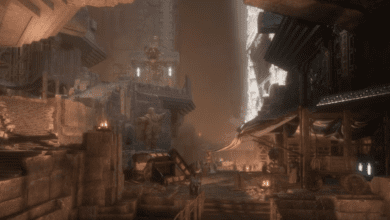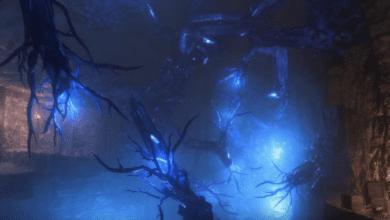Best Nightmare Difficulty Builds in Dragon Age: The Villard – Rogue, Mage and Warrior Class Guide
Key Takeaways:
- Rogue (Saboteur Build) – This build is perfect for Nightmare difficulty due to its high damage output, cooldown-based skills, and ability to stay agile and heal consistently. Explosive Trap and Fortune’s Fury make it one of the strongest choices for ranged combat and sustainability.
- Mage (Death Caller Build) – The Death Caller Mage build focuses on high damage and sustain without relying on abilities, using the beam attack for continuous damage and healing. It’s perfect for a long-term battle, especially when paired with companions that can enhance your damage output.
- Warrior (Reaper Build) – The Reaper Warrior is the ultimate tank with high sustain and excellent crowd control. Using abilities like Titan Stomp and Reaper, combined with the siphoning of health and necrotic damage, this build can handle intense situations with high survivability.
Nightmare difficulty in Dragon Age: The Villard is a true test for players, offering the highest level of challenge the game has to offer. Once you select Nightmare difficulty, there’s no going back, meaning your build choices become crucial. Whether you’re playing solo or with a team, choosing the right combination of class, abilities, and gear can make or break your success.
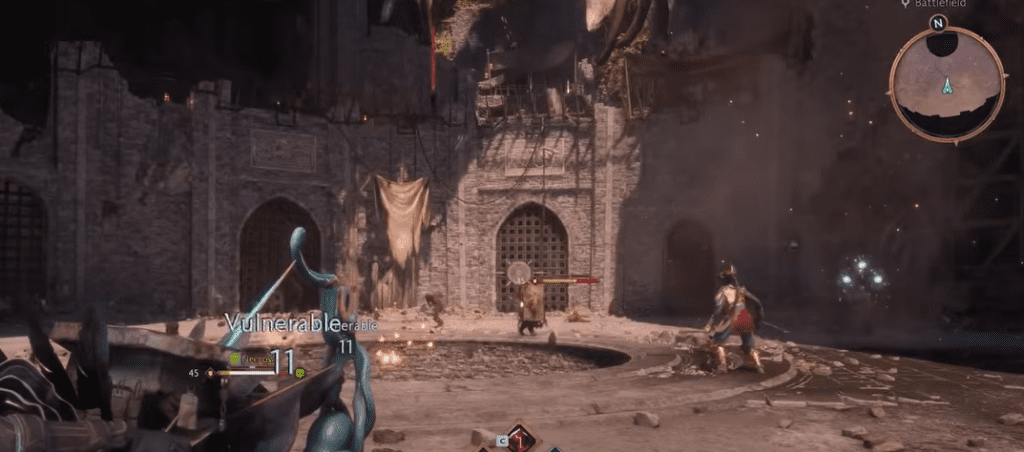
In this guide, we’ll explore some of the most powerful builds for each class Rogue, Mage, and Warrior that can help you conquer the nightmare. From cooldown-based Rogues to life-siphoning Warriors, you’ll learn how to optimize your character to face the hardest enemies, devastating bosses, and the overwhelming odds of Nightmare difficulty.
The Rogue Build: Saboteur Specialization
Rogues are known for their agility, stealth, and deadly precision, but on Nightmare difficulty, you’ll need more than just quick attacks to survive. The Saboteur specialization for the Rogue is my personal favorite for this difficulty level, and here’s why:
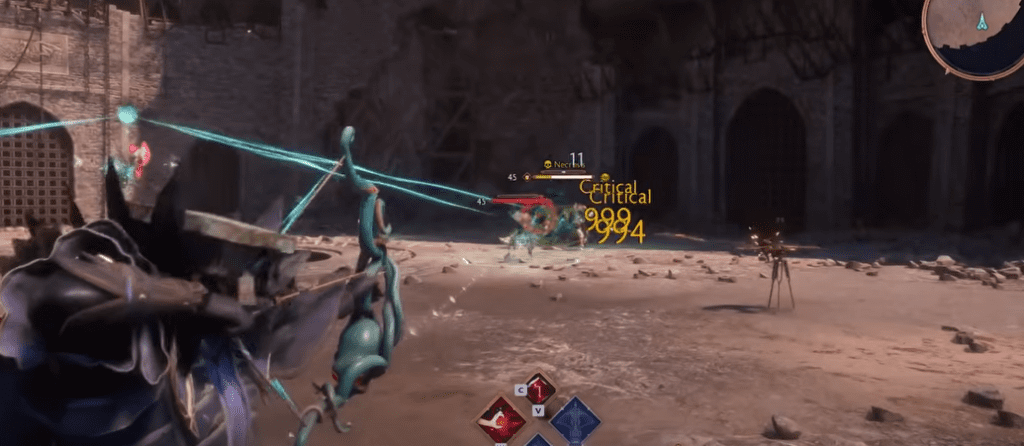
Key Strengths:
- Cooldown Abilities: One of the main reasons this build is so strong is its reliance on abilities that are on cooldown rather than relying on momentum. This means you’re always ready with a tool for escaping danger, healing, or dealing damage, even if you take a hit.
- Explosive Trap: This ability is the cornerstone of the build. With a 20-second cooldown (reduced further with upgrades), it allows you to deal massive AoE damage and stagger even the toughest enemies, like dragons. This is perfect for crowd control and making sure your enemies don’t overwhelm you.
- Fortune’s Turret: A stationary turret that auto-fires at enemies can help you focus on positioning and dodging rather than manually aiming. When enchanted, it increases your attack speed by 40%, making it an invaluable asset for dealing damage over time while you focus on staying alive.
- Ultimate – Fortune’s Fury: This ultimate ability is a game-changer. Not only does it deal massive damage, but it also makes you invulnerable while it’s active, allowing you to attack without worrying about taking damage. It also benefits from weak point damage bonuses, further amplifying your damage output.

Gear and Companions:
For the Rogue Saboteur, gear should focus on increasing cooldown reduction, damage, and survivability. The More of the Black City ring, which grants health regeneration, is highly recommended.
For companions, Emer and Tash are my top picks. Tash is especially helpful for applying passive damage over time effects, while Emer provides strong support with her healing abilities.
Drawbacks:
- Lack of Tankiness: While this build excels at damage output and evasion, it’s not the tankiest, so you’ll need to stay on your toes and avoid being overwhelmed by too many enemies.
- Cooldown Mechanics: The build depends heavily on managing cooldowns. While it’s powerful, there can be moments where you feel like you’re waiting for your abilities to recharge.
The Mage Build: Death Caller Specialization
The Mage class offers some of the most versatile builds in Dragon Age: The Villard, and the Death Caller specialization takes full advantage of that versatility, allowing for high damage and sustain. While not the flashiest build, its reliability on Nightmare difficulty makes it one of the best options.

Key Strengths:
- Ranged Beam Attacks: The Death Caller Mage relies heavily on its ranged beam attack, which can be charged for double damage. This attack heals you based on a percentage of the damage you deal, allowing for endless sustain even when you’re running low on mana. It’s perfect for prolonged battles.
- Spirit Bomb & Frost Nova: Spirit Bomb applies a siphon effect, healing you while dealing damage over time. Frost Nova, upgraded to necrotic damage, freezes enemies in place, allowing you to focus on long-range attacks while they’re immobilized.
- Companion Synergy: This build pairs well with companions like Harding and Lucaris, who can apply additional debuffs or healing to keep your damage output high. Harding, in particular, offers excellent synergy by providing additional healing, while Lucaris helps boost your damage further.
Gear and Companions:
Gear should focus on enhancing mana regeneration and reducing the cooldowns of abilities like Frost Nova. Look for items that enhance necrotic damage or increase your overall damage output.
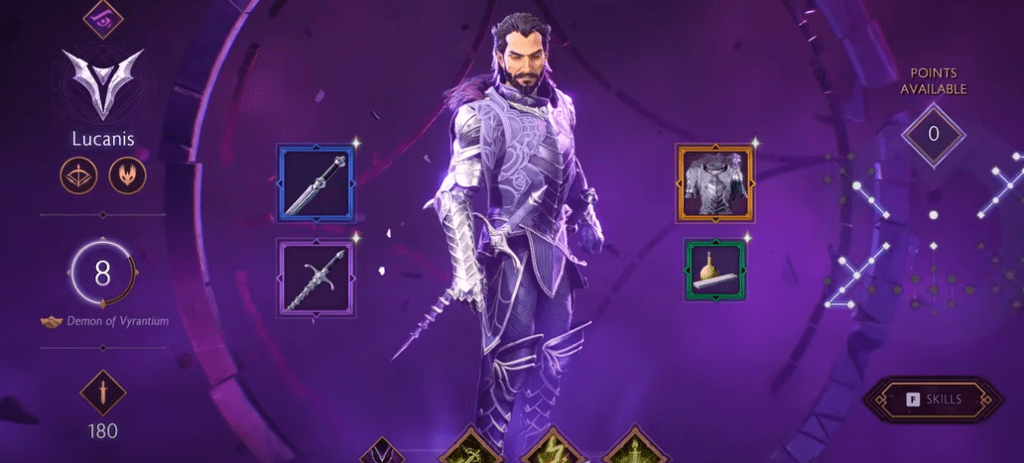
Companion choices should center around support roles. Harding is crucial for her healing abilities, while Lucaris can be used to increase your damage output and buff your debuffs.
Drawbacks:
- Necrotic Damage Resistance: Necrotic damage is less effective against dark spawn enemies, a common foe in the game. To mitigate this, you can opt for a staff or orb with a different damage type to avoid resistance issues.
- Vulnerability: Since you’re channeling your beam for extended periods, you can become vulnerable to enemies that close in on you. It’s essential to stay mobile and rely on your companions to manage crowd control.
The Warrior Build: Reaper Specialization
The Reaper Warrior build is a powerhouse when it comes to sustain and tankiness. While it may not deal as much damage as other builds, its incredible survivability and ability to handle multiple enemies at once make it ideal for Nightmare difficulty.
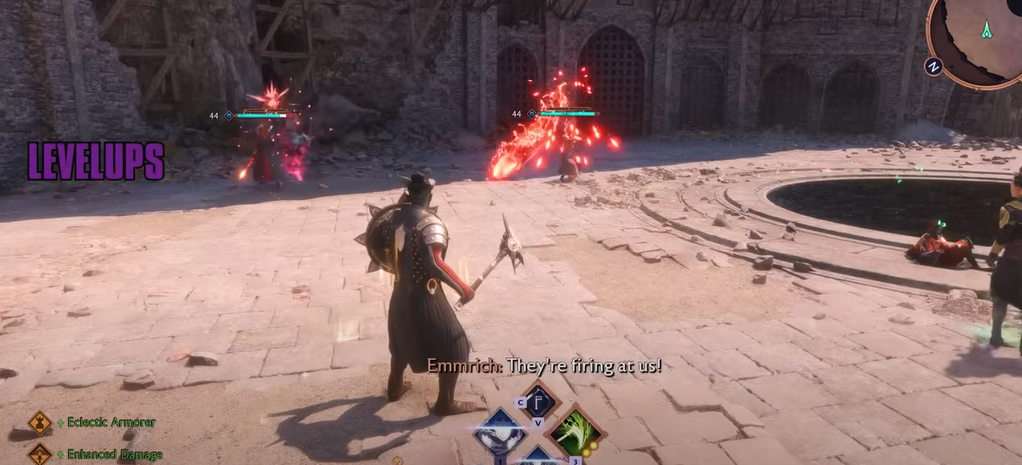
Key Strengths:
- Siphon and Leech Health: The Reaper Warrior can heal itself by dealing damage, thanks to abilities like Reaper and Titan Stomp, which apply a siphon effect. This allows you to keep fighting without worrying about running out of health.
- Titan Stomp & Spectral Ball Walk: Titan Stomp is perfect for applying stagger effects and crowd control. Spectral Ball Walk reduces incoming damage and staggers enemies, giving you a breather when overwhelmed. With these abilities, you’ll be able to control the battlefield and prevent enemies from closing in.
- Necrotic Damage & Shield Toss: The Reaper Warrior can deal both physical and necrotic damage, making it versatile against different types of enemies. Shield Toss, with its bouncing and explosive effects, is perfect for dealing with large groups of enemies at range.
Gear and Companions:
For this build, focus on gear that boosts your health, defense, and rage generation. Look for items that reduce damage taken and increase the effectiveness of your siphon abilities.

Companions like Emer are invaluable here for their healing capabilities, while Lucaris can help apply debuffs to enemies, further enhancing your damage output.
Drawbacks:
- Necrotic Damage Resistance: Like the Mage, necrotic damage can be less effective against certain enemies, especially dark spawn. However, the physical damage you deal should more than compensate for this.
- Slower Attack Speed: While this build excels at tanking, it’s not the fastest in terms of raw damage output. You’ll need to rely on crowd control and sustain to keep enemies from overwhelming you.
Nightmare difficulty in Dragon Age: The Villard requires a well-thought-out strategy, and choosing the right build is key to surviving its relentless challenges. Whether you prefer the agile, explosive Rogue Saboteur, the sustainable Mage Death Caller, or the tanky Warrior Reaper, each class offers unique advantages tailored for the highest difficulty level.
The builds featured here will help you navigate through Nightmare difficulty by focusing on key elements like sustain, damage, and crowd control. With the right gear, companions, and ability choices, you’ll be ready to face any enemy that stands in your way.
FAQ
Q: What is the best build for solo play in Nightmare difficulty?
A: For solo play, the Rogue Saboteur is an excellent choice due to its high damage output, ability to heal, and cooldown-based skills. It’s agile and offers great control in combat.
Q: Which Mage specialization is the strongest for Nightmare?
A: The Death Caller Mage specialization is the strongest for Nightmare difficulty due to its sustainable damage output and ability to heal while dealing damage.
Q: Is the Warrior Reaper build viable for Nightmare?
A: Yes, the Warrior Reaper build is highly viable for Nightmare difficulty. It excels in sustain, crowd control, and tanking, making it perfect for surviving tough encounters.
Q: Can I use any companions with these builds?
A: While companions like Emer and Lucaris are ideal for most builds, feel free to experiment with others depending on your playstyle and the synergy you prefer.




